We sat down and got a chance to speak with the General Manager and President of Gain Therapeutics, Dr. Manolo Bellotto.
You can follow him on :
- Twitter : @ManoloBellotto
- LinkedIn : https://www.linkedin.com/in/manolobellotto/
You joined Gain in 2018 following the company’s founding in 2017. How has the company grown since you joined and what does your role as president and general manager entail?
When I joined in 2018, there was a team of about 7-8 people focused on our discovery efforts that included certain research programs transferred from the University of Barcelona. As a young startup, resources were limited, so the primary challenge at inception was how to advance the science with the available team and funds while building our presence in the industry to attract future investors and potential pharmaceutical partners.
In the last 3-4 years we have made exceptional progress raising capital to continue to advance our science and expand our pipeline, identifying potential candidate drugs for Parkinson’s and Gaucher disease, growing our team, and acquiring endorsements and investors. Early on we got endorsements for our Parkinson program through the Michael J. Fox and Jonathan Silverstein Foundations as well as funding from the European Union and the Swiss Innovation Agency.
Your educational background is in molecular biology and developmental genetics. What attracted you to these fields?
As a child I was fascinated by the molecular aspects of nature. This curiosity led me to choose biology, specifically molecular biology, to study at university at the Biozentrum in Basel, Switzerland. While there, I was lucky to study under impressive geneticists, including the man who identified the homeobox genes, and I became fascinated by how genetics controls observed mechanistic choices in nature.
In Switzerland, your last year of university is termed a practical year, and I spent this year at the Friedrich Miescher Institute working on gene silencing and methylation in Nicotiana tobacco, which is a genetic model in plants. After working in plant genetics, the gold standard of gene research is the fruit fly (Drosophila melanogaster).
So, I was fortunate enough to move from Basel to Zurich to work with one of the leaders of Met kinases in Drosophila doing basic research. My interest was focused on trying to understand basic mechanisms, and in Zurich I was able to move more into molecular developmental genetics, specifically molecular genetics during the first stages of embryogenesis. This work is still relevant to my current work at Gain. When you study molecular developmental genetics, the question is what in the genetic code is triggering development of a certain structure, and, for most diseases, when something goes wrong, like in cancer, it is because of one of those basic molecular genetic mechanisms goes awry.
What most excites you about Gain’s unique approach to drug development? Can you tell me about the drug pipeline at Gain?
Our technology platform is highly novel and based on a proprietary algorithm that facilitates and accelerates the identification of previously undescribed allosteric binding sites on proteins – a new frontier in medicine. We view the technology as revolutionary in that not only does it allow us to find new sites for therapeutic intervention, but it dramatically speeds up the process and time required to go from target to a potential drug candidate. With our platform we can eliminate months and years from the discovery process, compressing target discovery into a matter of weeks versus months or years.
Importantly, because we are deploying a super-computer AI-based approach, it allows us to identify previously unknown allosteric binding sites, which up to this point have relied on serendipity for their identification. In contrast, our systematic approach can rapidly identify novel allosteric sites not previously described. In simpler terms, this means that our technology allows us to potentially drug undruggable targets and design new drugs for patients with genetically defined rare diseases for which there are limited or no treatment options.
To answer the second part of the question, the pipeline now comprises lysosomal storage disorders, with one program (GBA) targeting glucocerebrosidase and we are working towards developing this as a disease modifying approach for both Parkinson’s disease and neuronopathic and neurological Gaucher disease, both which currently lack treatments. Another lysosomal target is GALC, which is involved in a lysosomal storage disorder called Krabbe disease. Interestingly, Krabbe disease has a neurodegenerative component as it is characterized by demyelination.
We have also enlarged our pipeline to include other potential lysosomal disorders but also are looking at an undisclosed target dealing with a specific rare liver and lung disorder that will be disclosed at a later date. We also have a partnership with a highly esteemed oncology biotech company, Zentalis, working on an undisclosed target on top of our own internal oncology targets. Basically, there are four big therapeutic areas: rare diseases, neurodegenerative diseases, diseases like rare metabolic disorders in the liver and lung, as well as oncology. So, we have a very diversified pipeline.


